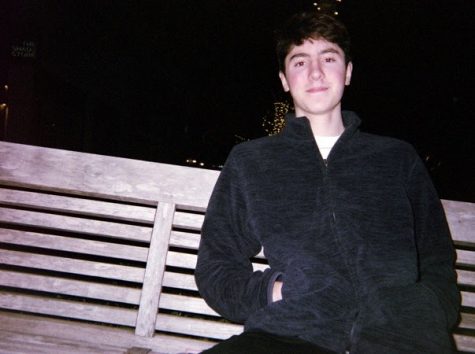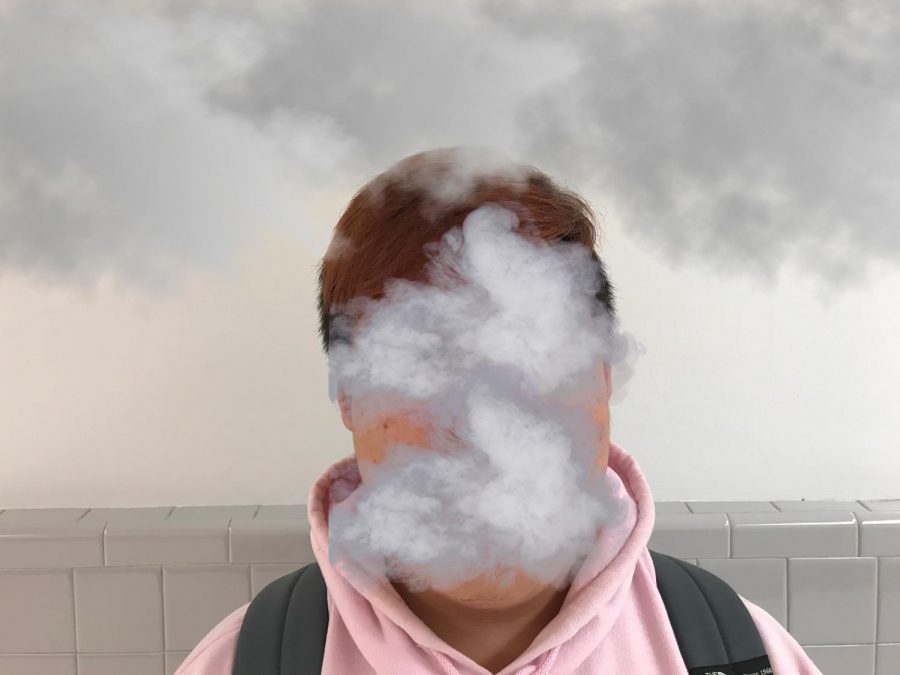FDA introduces regulations on flavored e-cigarettes
Flavored e-cigarettes have been all the rage for the past two years at AHS. JUUL, the most popular brand of flavored cigarettes among teens, has surpassed e-cigarette brands manufactured by the major tobacco companies in popularity. JUUL has become so popular that rather than referring to their use as “e-cigarette use” or “vaping,” it is referred to as “JUULing.” It seems as though teens are a major factor in the JUUL’s massive popularity.
According to the National Youth Tobacco Survey, approximately 2.1 million youth (which includes middle and high schoolers) were e-cigarette users. The number of youth using e-cigarettes, including JUUL, is alarming and raises serious health concerns that e-cigarettes could be an entryway to nicotine addiction and the use of regular cigarettes for some kids.
The JUUL company itself claims that the nicotine used is from “nicotine salts found in tobacco leaves” which they claim “accommodates cigarette-like strength nicotine levels.” The widespread teen use of e-cigarettes and their danger of addiction is reason for the FDA labeling the situation an “epidemic.”
JUUL faces allegations from the FDA that their popular flavored e-cigarettes are marketed to teens. From an outsider point of view, it is hard to believe that flavors such as mango, cucumber and fruit are designed to attract adults. In an FDA statement from April, the FDA cites 1,300 retailers and 5 major manufacturers for violations related to youth sales of JUUL e-cigarettes. These retailers include smoke shops, 7-11’s and gas stations. Although the retailers listed are one way for youth to access JUULs and other e-cigarettes, most teens get their JUULs online. The FDA also issued 12 warning letters to other online retailers that are selling misleadingly labeled and/or advertised e-liquids resembling kid-friendly food products such as candy and cookies. According to a statement made by the FDA on Sept. 12, “The FDA had previously issued more than 60 warning letters and fines to businesses that sold JUUL brand products to minors. The agency also recently sent letters to JUUL Labs and several other companies requiring them to submit important documents to better understand the reportedly high rates of youth use and the particular youth appeal of their products.”
When asked where he gets his JUUL and JUUL products, Michael Brown said “I can’t disclose that information. That is classified from the public.” There are about four smoke shops in Annandale which are possible locations for teens to purchase e-cigarettes. The teens’ ability to purchase depends on whether the store clerks check ID.
The first step to the growing problem of teen use of e-cigarettes resides with its accessibility. The next step to the problem includes the contents of a JUUL or other e-cigarette. Cigarettes contain nicotine along with other dangerous chemicals such as methanol and tar. Although JUULs and other e-cigarettes do not have the dangerous excessive chemicals, they contain nicotine which is the addictive element in cigarettes. Therefore, the combination of addictive content in a JUUL or other e-cigarettes combined with teen use introduces an early addiction of nicotine for youth.
Early addiction can cause serious problems for a developing mind. The effects of being addicted to nicotine can disturb your daily life in school and at home. Not only can addiction affect school life but it can affect your life at home as well. It is a common scene at AHS to see students taking a JUUL break in between classes in the bathroom.
Taking time out of your day to JUUL reduces your time to complete homework and sucks time out of your social life. Additionally, the effects of vaping can affect your focus during and after school.
The worst part of the teen addiction to e-cigarettes has yet to come. If the user decides that he or she wants to quit, the process is an extreme challenge.
Junior Duc Ngo speaks about his process of quitting: “I have quit vaping, it was quite a bad experience,” Ngo said. “It started with a slight uneasiness, in the second day of quitting, anxiety sets in.
The anxiety gets worse as the second day goes on. Stomach aches start to happen. You’ll get very uncomfortable, you hands will shake, you will feel like throwing up.”
Ngo also spoke about some of his own personal experiences with quitting in addition to the basic effects. “I tried making myself throw up but I didn’t eat anything before because I was too anxious so I couldn’t expel anything,” Ngo said.
Finally, he added some reassurance to e-cigarette users that are thinking of quitting but not without heading warning to more intense users: “It all ends on the third day though, keep in mind my experience might be pretty average when it comes to severity,” Ngo said.
To address the trend of e-cigarette use among teens, FDA commissioner Scott Gottlieb said in a statement, “We’re expanding our Youth Tobacco Prevention Plan. It encompasses a series of steps to stop youth use of tobacco products, especially the rising use of e-cigarettes.” The Youth Tobacco Prevention Plan incorporates three steps. These steps include preventing youth access to tobacco products, curbing the marketing of tobacco products aimed at youth and educating teens and their families about the dangers of using any tobacco products. In addition to the Youth Tobacco Prevention Plan, the FDA released “The Real Cost” ads which educate teens about the dangers of using e-cigarettes.
In addition, the ads are designed to communicate to teens in a compelling way about the risks of using e-cigarettes. According to the FDA, in the first two years “The Real Cost” ads have prevented nearly 350,000 teens from initiating cigarette smoking.
The FDA clearly as a straightforward plan of action to prevent the selling of JUULs and other e-cigarettes to teens. JUUL or any e-cigarette containing nicotine can be addicting.
Senior Kassie Peralta can’t go a day without using JUUL. “I would say no, because when I see it I’m tempted to use it,” Peralta said. “That’s why I don’t own one, I only borrow.”

Manny Precht is a senior and the current Co-Editor in Chief of The A-Blast. It is his second year on staff where he was previously the Health Editor. In...











